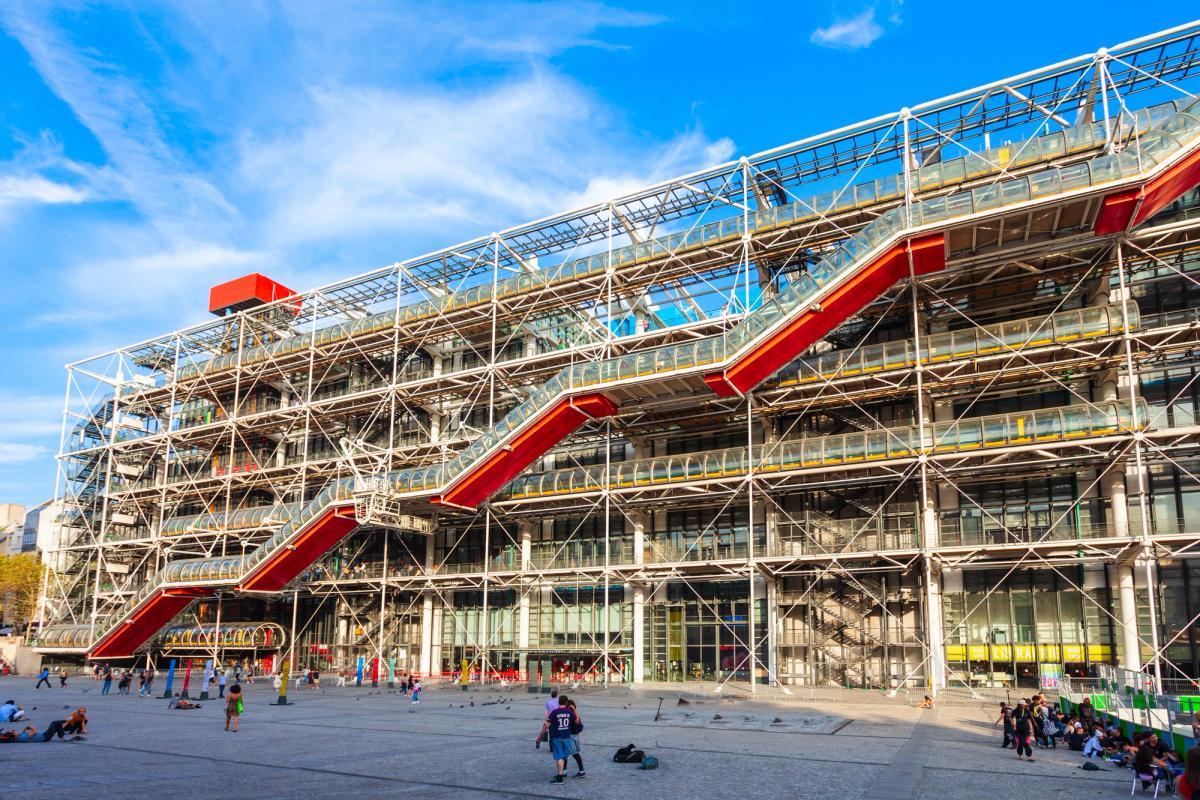A number of high-profile French art world figures have signed an open letter urging the French government to halt the planned closure of the Centre Pompidou in Paris, which is due to close for a five-year period for renovations.
Signatories such as the curator Nicolas Bourriaud, the artist Daniel Buren and the art critic Catherine Millet say they want “a return to common sense and respect for France's cultural ambitions.” They add: “We ask that the work be planned in such a way as to guarantee the opening to the public and the continuity of the Centre Pompidou. The file must be reopened.”
The letter is overseen by the Paris-based gallerist Daniel Templon, who wrote last month in the French newspaper Le Monde that “the brand risks disappearing, how long will it then take for it to be reborn?”
Crucially, the letter calls into question the dominance of private art foundations in the capital. “We all applaud the opening of the Louis Vuitton Foundation [established by Bernard Arnault, the chair of luxury goods group LVMH], the Bourse de Commerce [home to the Pinault collection] and soon the Fondation Cartier at the Louvre. These places contribute to our cultural enrichment, but we should not give free rein to the private sector and let them replace… the public service that the Centre Pompidou constitutes. The state must continue to fully play its role,” say the 16 current signatories.
The Centre Pompidou, home to France’s national museum of Modern and contemporary art, is scheduled to start removals and partial closures later this year in preparation for a massive €262m renovation. The building will shut down completely at the end of 2025 and not reopen before 2030. The Paris arts complex is subsequently set to occupy a part of the Grand Palais (a show featuring the work of Jean Tinguely and Niki de Saint Phalle—who were married from 1971 until Tinguely's death in 1991—will open on 5 June 2025).
“Of course, repair work is necessary to remove asbestos from the building and improve visitor reception. However, they can and should be carried out in a piecemeal manner, without completely closing the entire site. Solutions exist: move everything that is not open to the public out of the main building; move the collections up and down the floors as the work progresses; use the vast spaces available at the Palais de Tokyo, preserve the ephemeral Grand Palais,” the signatories add.
“The consequences [of the closure] will be disastrous on a cultural and educational level, but also on the living centre of the capital around the Town Hall—the Marais, Saint-Merri, les Halles—affecting its inhabitants, its tourists and its economic activity.”
The Centre Pompidou said in a statement: “The Ministerial Projects Property Commission of the Ministry of Culture (La Commission Ministérielle de Projets Immobiliers du ministère de la Culture) advocated for the completion of the work on a closed site, based on different studies. It was noted that the work carried out in a closed site would be less expensive, less risky and shorter (four years of closure compared to seven in an open site)…. Carrying out this work on a closed site is essential for the total asbestos removal… whereas the open-site option only made it possible to achieve 20%.”
The French culture ministry was also contacted for comment.
Meanwhile, last month a report by the Cour des comptes, the supreme body for auditing the use of public funds in France, warned of a “high risk of slippage in terms of costs and deadlines” for the “underfunded and insufficiently piloted” renovation project.


